As soon as surfing appeared, it attracted the attention of the whole world. Especially in deeper bodies of water, it has become quite a summer ritual. Even people who have never ridden a regular surfboard will try jet surfing, and there's nothing wrong with admitting they've been fairly successful at it.
Riding an electric surfboard is exactly what it sounds like—surfing with jet power. So if you're willing to throw yourself into the sport, your first step should be to get ready for the adrenaline rush that's coming. It's an easy-to-learn exercise, so it's perfect for beginners. Be careful, though, because on the one hand it's easy to learn, but on the other hand, it's hard to master. You don't need to have traditional surfing experience as a prerequisite for an Electric Surfboard, but if you do, then it's considered an added bonus.
How to balance weight while riding an electric surfboard?
The key to riding an electric surfboard is weight balance, which is nothing new. Riding an electric surfboard doesn't require big waves or constant currents, but what you do need is control of your balance. All of this can be a bit intimidating as a beginner. But with practice over and over again, you can become a pro in no time.
In weight balance, your main focus should be to keep the nose of the board down. When we say "board nose" we mean the front of the board. Almost all of the weight should be concentrated on the front of the board. This prevents the board from tipping over due to the pressure of the motor on the back. Once you gain some speed, you can start shifting your weight onto the back leg, which will help the nose rise. Once your nose is out of the water, you should lean forward again so you have the perfect balance!
Expert tips and tricks
You should crash a few times before you master the game!
It's perfectly normal to have a few failed attempts before you start surfing smoothly.
Don't let any failed attempt get you down.
Listen to your coach. Focus on what they say and tell. Take note of everything they say and try to actually carry it out once you're in the water.
observe. When you're done surfing, sit back and watch the other surfers. See how they handle certain situations. Compare and analyze it with what you would do if you were in a similar situation.
Lean forward when accelerating. always. You don't need a nose jump to throw you into the water.
Practice, practice, practice, and practice. After all, practice makes perfect!
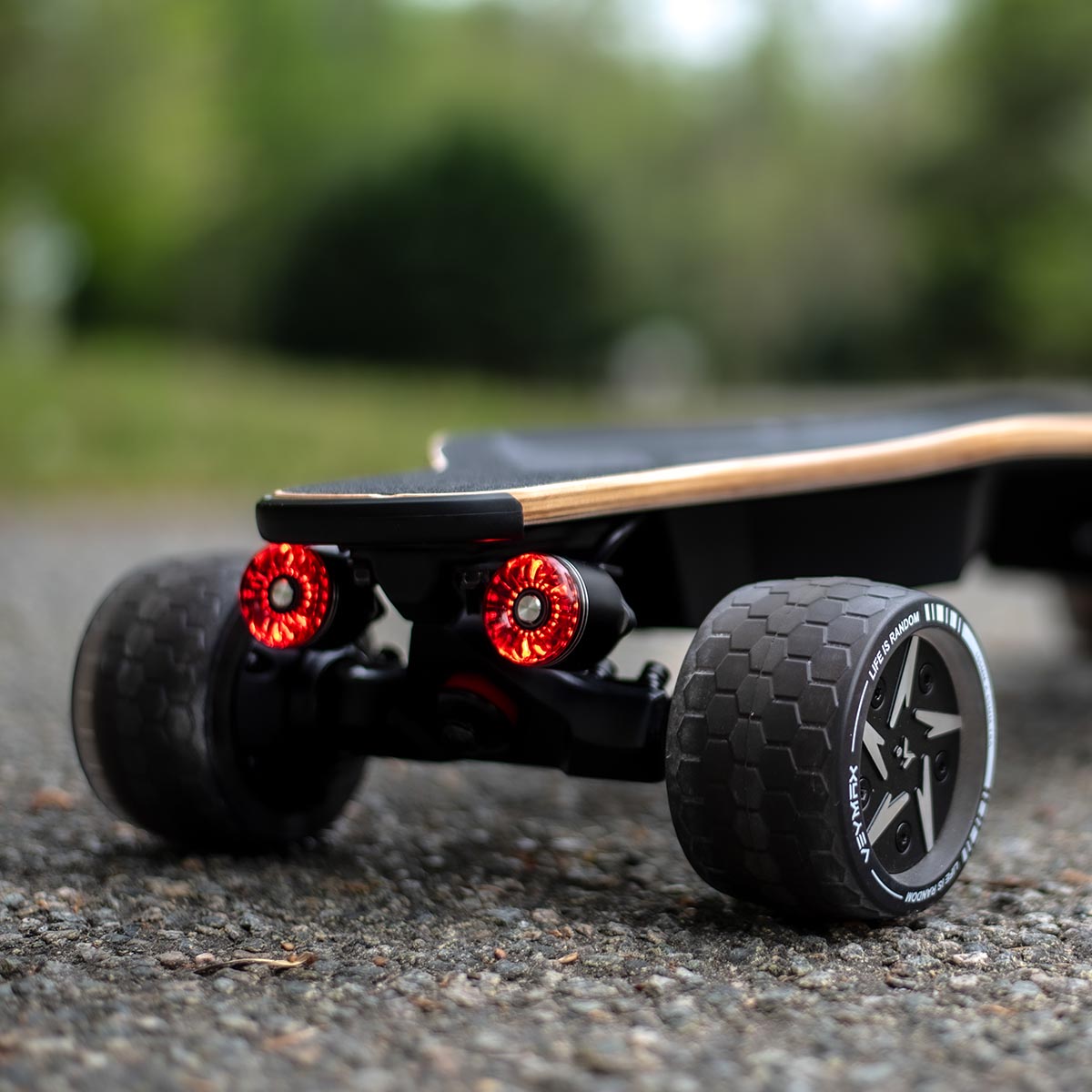
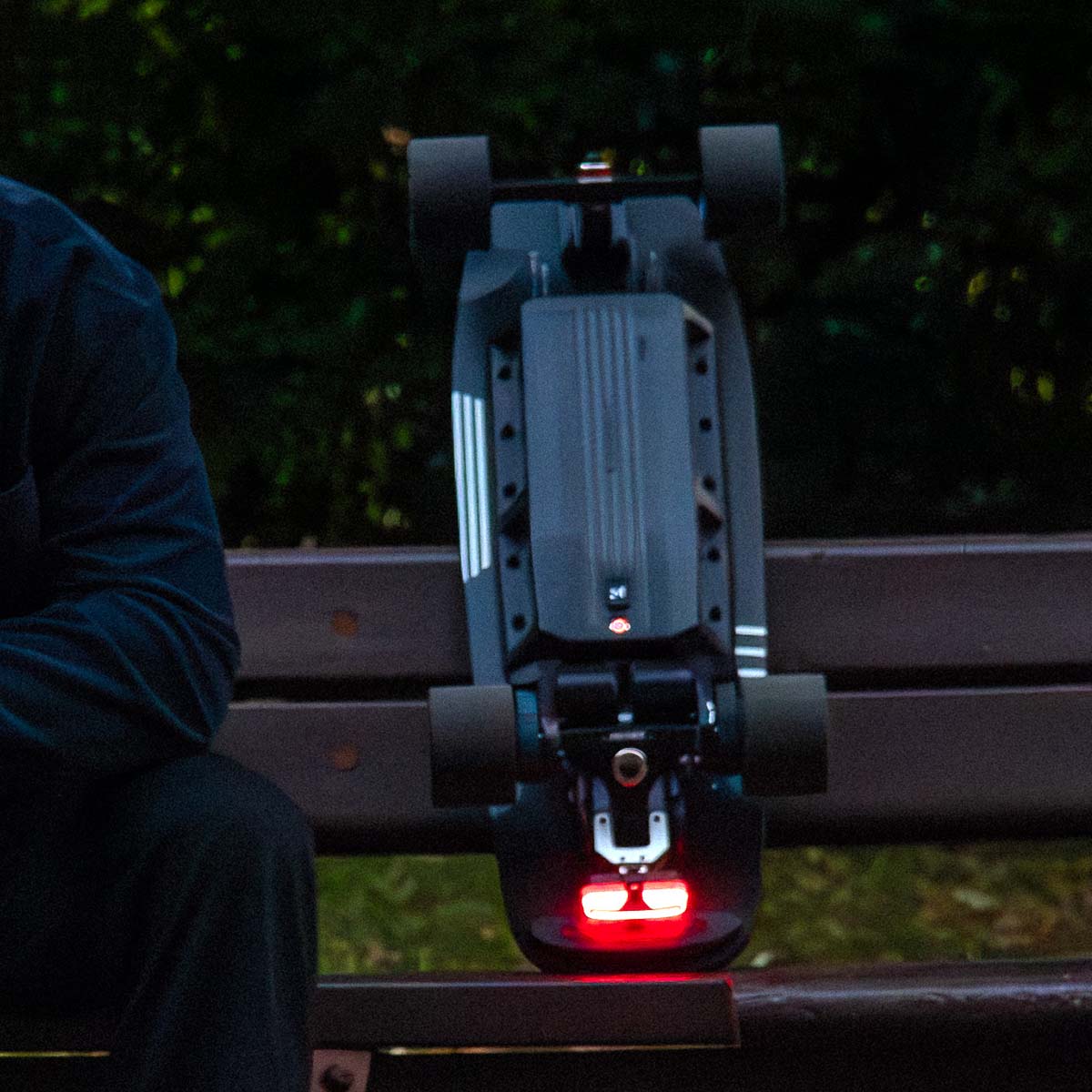
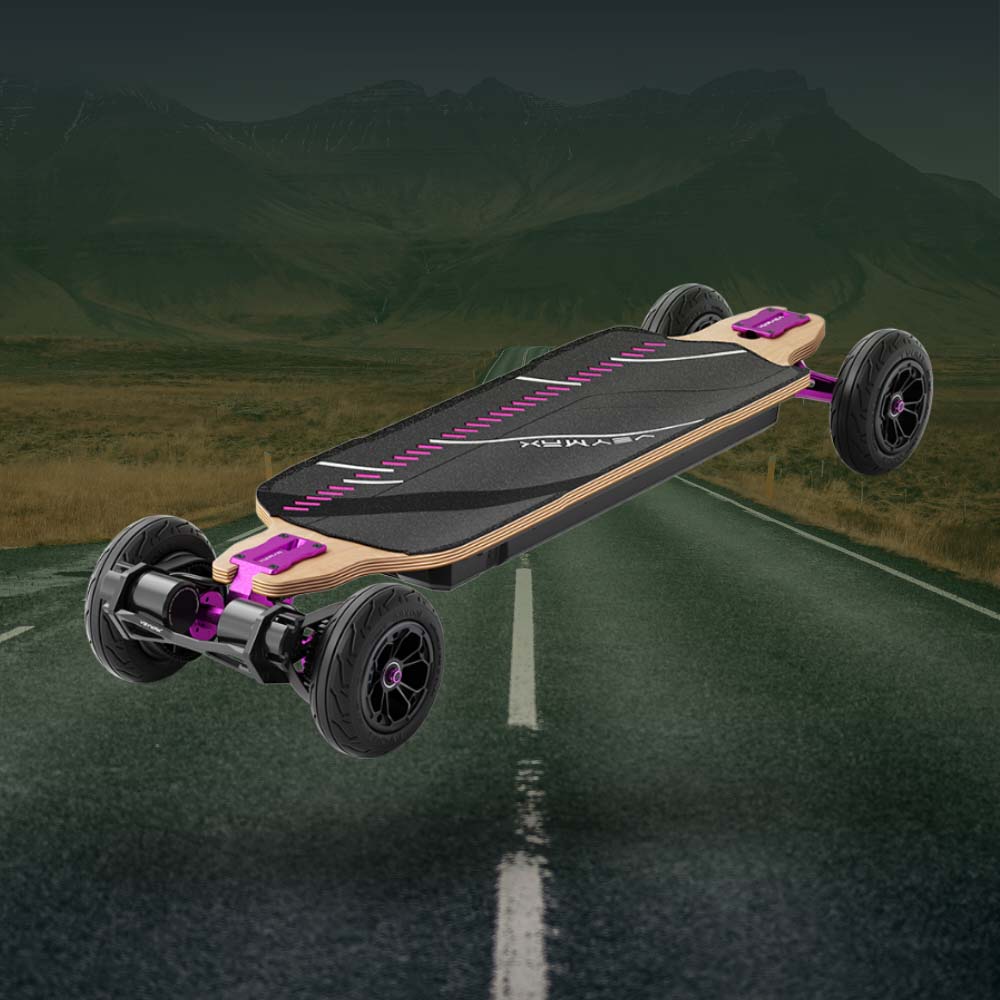
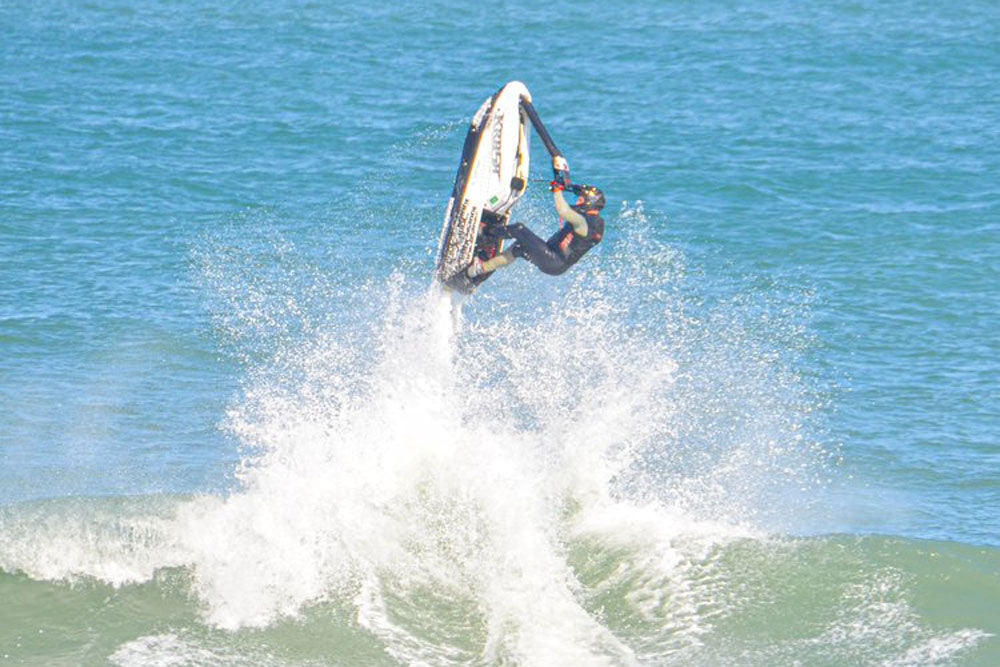
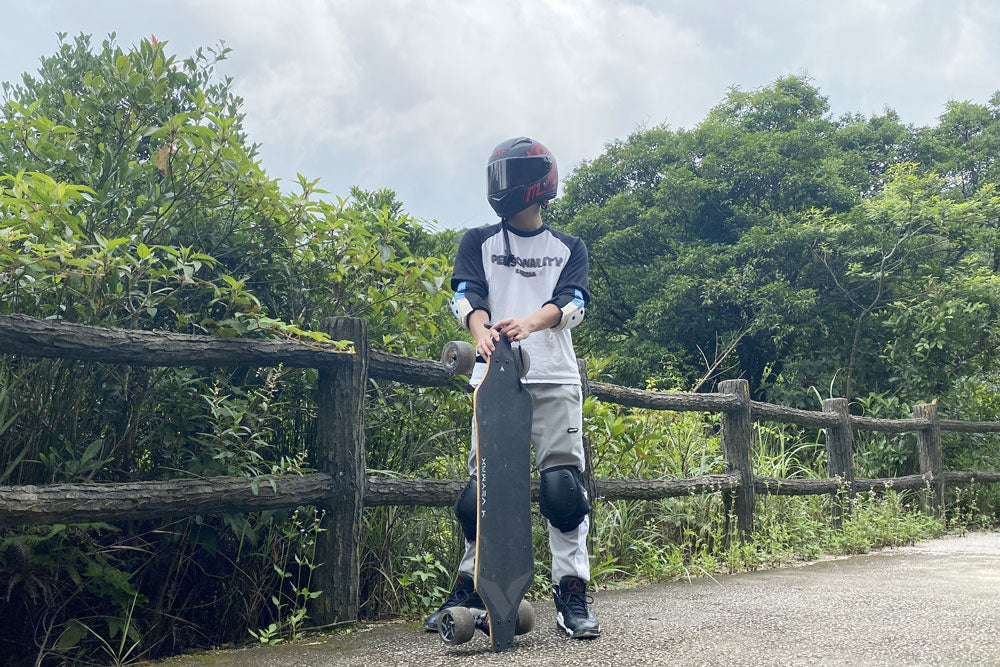
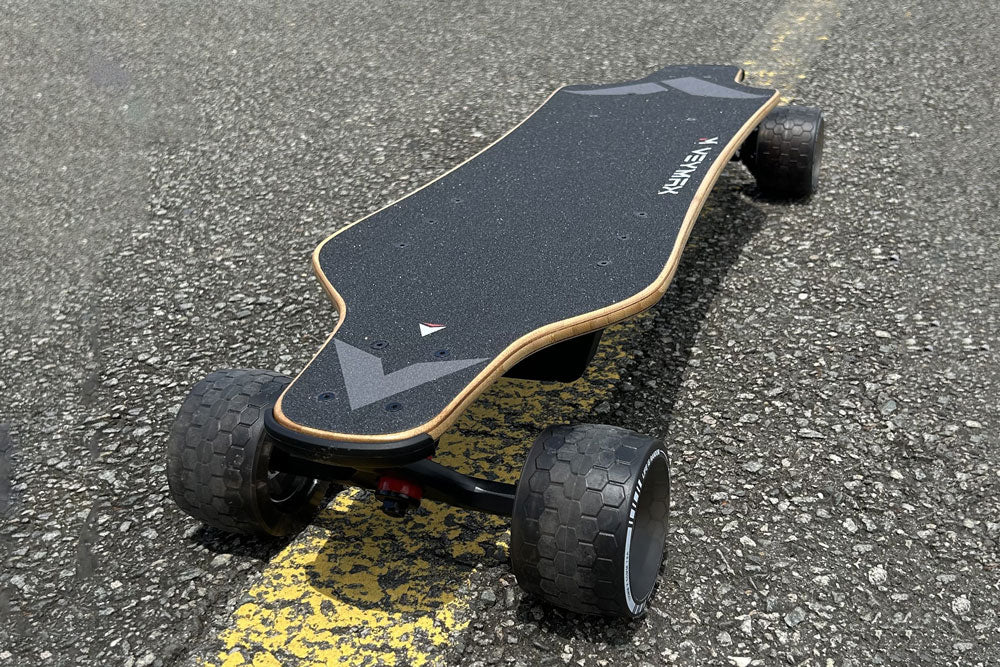
Leave a comment
This site is protected by hCaptcha and the hCaptcha Privacy Policy and Terms of Service apply.